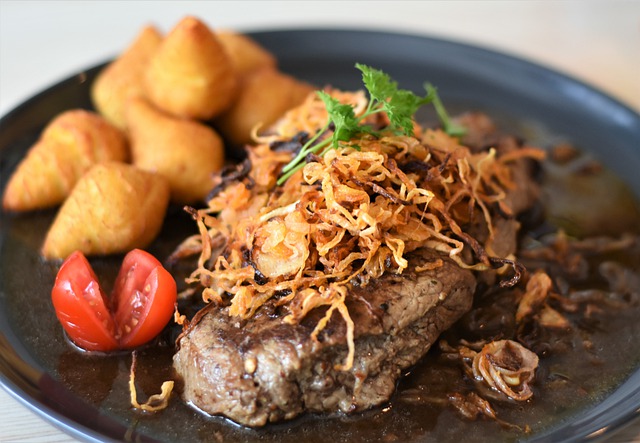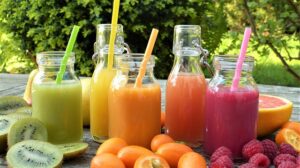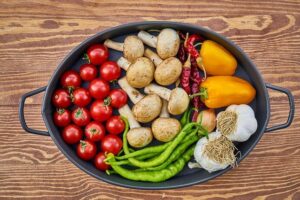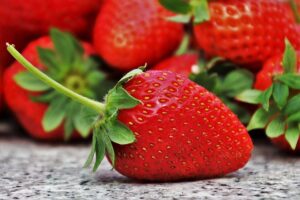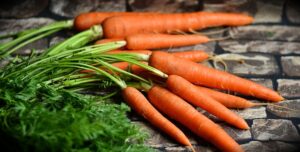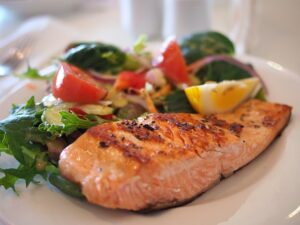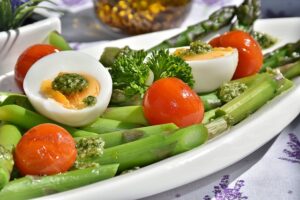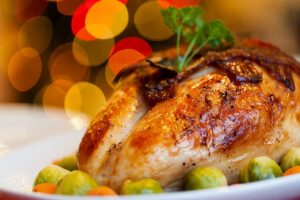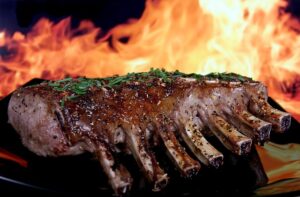Introduction
In the Calvin cycle, the conversion of carbon dioxide into carbohydrates is a crucial process for plants. One of the key intermediates in this cycle is glyceraldehyde 3-phosphate (G3P). But at which point is G3P removed from the Calvin cycle to be used in the production of carbohydrates? This article will explore the specific stage at which G3P is utilized in the synthesis of carbohydrates.
The Calvin Cycle and G3P
The Calvin cycle, also known as the light-independent reactions or the dark reactions, is the series of biochemical reactions that take place in the stroma of chloroplasts during photosynthesis. It is responsible for converting carbon dioxide into glucose and other carbohydrates. The cycle consists of three main phases: carbon fixation, reduction, and regeneration.
During the carbon fixation phase, carbon dioxide molecules are combined with a five-carbon compound called ribulose-1,5-bisphosphate (RuBP) by the enzyme RuBisCO. This results in the formation of an unstable six-carbon compound that immediately breaks down into two molecules of 3-phosphoglycerate (3-PGA). Each 3-PGA molecule contains three carbon atoms.
In the reduction phase, ATP (adenosine triphosphate) and NADPH (nicotinamide adenine dinucleotide phosphate) generated during the light-dependent reactions are utilized. The energy from ATP and the reducing power of NADPH are used to convert 3-PGA into G3P. This conversion involves a series of enzymatic reactions, including the phosphorylation and reduction of 3-PGA.
Utilization of G3P in Carbohydrate Synthesis
G3P, as an intermediate product of the Calvin cycle, can be utilized in two ways: as a precursor for the synthesis of glucose and other carbohydrates, or as a substrate for the regeneration of RuBP to continue the cycle.
In most plants, G3P is primarily used for carbohydrate synthesis. One molecule of G3P out of every six molecules produced during the reduction phase is typically diverted towards carbohydrate production. This G3P molecule can undergo a series of enzymatic reactions to form glucose, fructose, and other sugars. These sugars can be further combined to form more complex carbohydrates, such as starch or cellulose, depending on the plant’s needs.
The remaining five molecules of G3P are utilized for the regeneration of RuBP. This is essential to sustain the Calvin cycle and ensure the continuous fixation of carbon dioxide. The regeneration of RuBP requires ATP, which is generated during the light-dependent reactions. The five G3P molecules undergo a series of reactions that ultimately lead to the reformation of three molecules of RuBP, ready for the next round of carbon fixation.
Conclusion
In the Calvin cycle, G3P is removed from the cycle during the reduction phase to be used in the production of carbohydrates. One out of every six G3P molecules produced is diverted towards carbohydrate synthesis, while the remaining five molecules are used for the regeneration of RuBP. This balance between carbohydrate production and RuBP regeneration ensures the efficient utilization of carbon dioxide in the synthesis of glucose and other carbohydrates.
References
– Khan Academy: Calvin cycle: https://www.khanacademy.org/science/biology/photosynthesis-in-plants/the-calvin-cycle/a/calvin-cycle
– Campbell Biology, 11th Edition: https://www.pearson.com/us/higher-education/program/Urry-Campbell-Biology-11th-Edition/PGM335540.html

